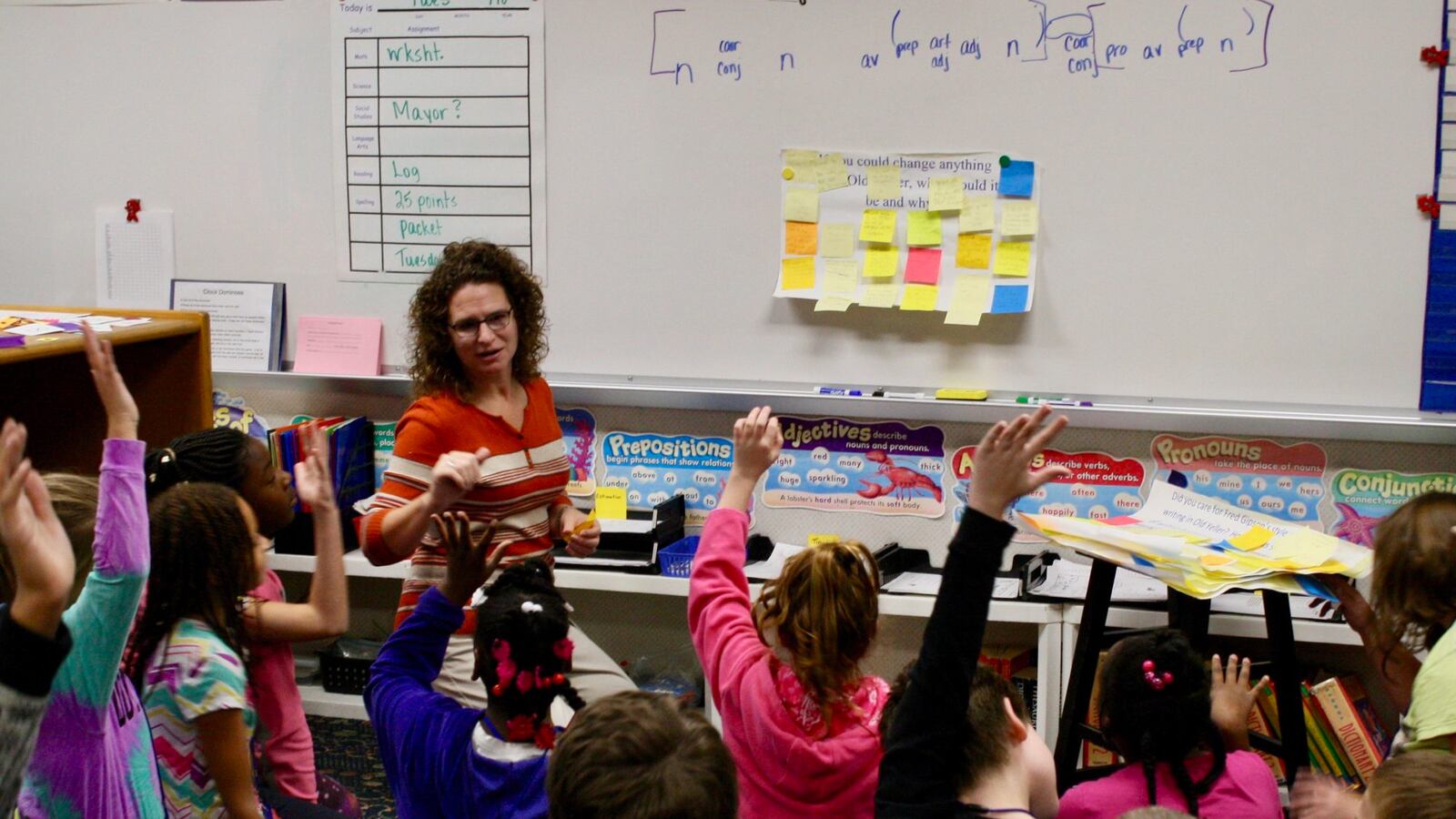Indiana Senate Republicans expect to offer a school funding plan that is more generous to schools educating children in poverty than the House proposal that slashes millions of dollars, a leading lawmaker said.
The details of the Senate budget, which could be released as soon as next week, are still uncertain. But many Senate lawmakers agree that the House Republican plan unveiled in March — which would cut $105 million for high-needs students in the state’s next budget — would be too hard on districts serving large numbers of students in poverty, said Republican Sen. Eric Bassler, chairman of Senate school funding subcommittee.
The Senate is aiming to craft a plan that would cushion losses for districts that depend on so-called complexity funding, which sends extra funds to schools with higher numbers of students who receive public assistance, and, potentially, increases school funding overall, Bassler said.
That could be accomplished by counting students who receive Medicaid as high-need, by adding a provision to limit how much districts could gain or lose compared to the prior budget, or by other means, Bassler said. In the long-term, the system for counting students in poverty could be totally overhauled, he said, but for the state’s next budget the changes would be less dramatic.
In part the aim is to prevent swings in funding that make it hard for school districts to plan, Bassler said. But he also wants to ensure schools can meet student needs.
“We want to provide every opportunity we can in the state of Indiana for every child to succeed,” said Bassler, who is from Washington, Indiana. “If we see school corporations that have a lot of very challenging situations when it comes to educating their children, that catches all of our attention. Or at least it should.”
In announcing the House plan to cut aid to schools serving high-need students, lawmakers had said the proposal would free up funds to increase the per-student dollars the state provides to all districts. This year, the aid for district’s serving students from low-income families is $763 million, and by 2021 it would fall to $657 million under the House plan.
But the proposal drew quick backlash. Dozens of educators and parents pleaded with the Senate committee last month, arguing that students in poverty need food, medical care, and academic supports to ensure they have the same opportunities as other students.
Rep. Todd Huston, the chairman of the budget-writing Ways and Means Committee, declined to discuss the issue Thursday. But he told Chalkbeat last month that the dip in aid for low-income students was a sign of the strong economy in Indiana.
“These numbers are an accurate reflection of where the economy and families are in Indiana,” Huston, a Republican from Fishers, said in March.
The House budget came on the heels of years of cuts to poverty aid for schools. Lawmakers have cut $337 million, or about 30 percent, of the state funds earmarked for students from low-income families since 2015.
The proposed House cuts in aid are likely driven at least in part by declining poverty. But state lawmakers have also enacted a years-long plan to reduce the extra money low-income districts receive compared to districts educating middle class students. They cut funding streams that typically benefit districts serving students from families in poverty, narrowed the group of students considered poor, and spread new money across all schools.
Those funding decisions are controversial because many advocates argue that schools serving lots of students from low-income families need extra resources. And some local superintendents say despite economic growth statewide, their students still depend on schools to meet basic needs.
“I suppose the lawmakers that obviously are making those decisions live in communities that are different than mine,” said Jeff Butts, the superintendent of Wayne Township, where 75 percent of students are poor enough to get free or discounted meals. “The people that are working on these budgets are not seeing what I’m seeing in their communities.”

